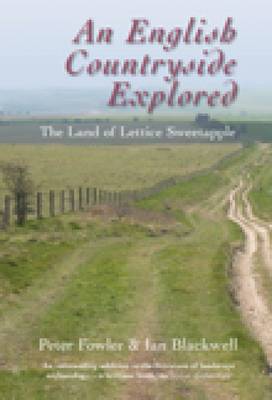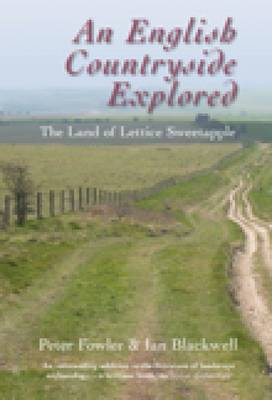
- Afhalen na 1 uur in een winkel met voorraad
- Gratis thuislevering in België vanaf € 30
- Ruim aanbod met 7 miljoen producten
- Afhalen na 1 uur in een winkel met voorraad
- Gratis thuislevering in België vanaf € 30
- Ruim aanbod met 7 miljoen producten
Zoeken
€ 22,45
+ 44 punten
Omschrijving
Around 1800 Lettice Sweetapple lived in West Overton, Wiltshire, between Avebury and Marlborough. Her house looked across the River Kennet to the chalk downs and southwards to woods once part of the Savernake Forest. She represents hundreds of thousands of people whose lives were shaped by the changing landscape, and who changed it, over ten millennia. Peter Fowler and his team of archaeologists, historians, and scientists have investigated the landscape of the parishes of West Overton and Flyfield over 39 years, not merely as local history but as a microcosm of the English countryside. In setting out to answer the question How has this landscape come to look as it does? they have made use of fieldwork, aerial photography, excavation, old maps and documents, geophysics, and numerous analytical techniques on everything from standing buildings to flecks of charcoal. The resulting mountain of information contradicts the persistent myth of "he unchanging English countryside."
Specificaties
Betrokkenen
- Auteur(s):
- Uitgeverij:
Inhoud
- Aantal bladzijden:
- 160
- Taal:
- Engels
Eigenschappen
- Productcode (EAN):
- 9780752450209
- Verschijningsdatum:
- 1/06/2009
- Uitvoering:
- Paperback
- Formaat:
- Trade paperback (VS)
- Afmetingen:
- 170 mm x 244 mm
- Gewicht:
- 453 g

Alleen bij Standaard Boekhandel
+ 44 punten op je klantenkaart van Standaard Boekhandel
Beoordelingen
We publiceren alleen reviews die voldoen aan de voorwaarden voor reviews. Bekijk onze voorwaarden voor reviews.











